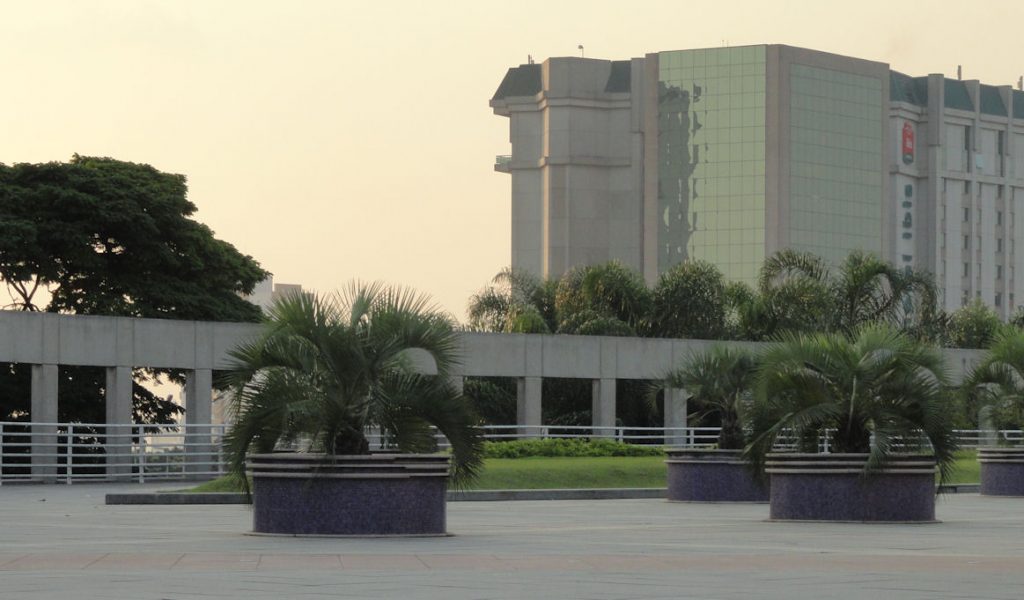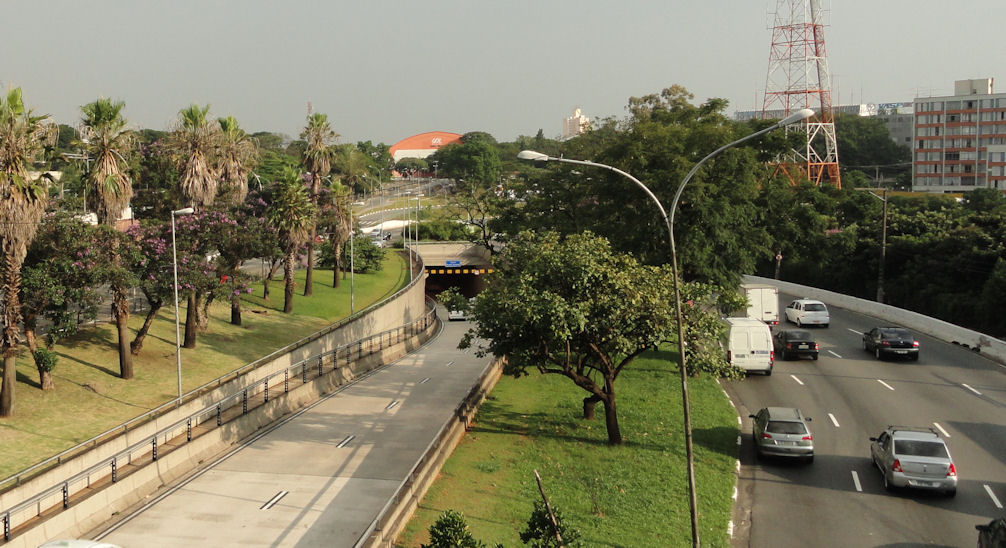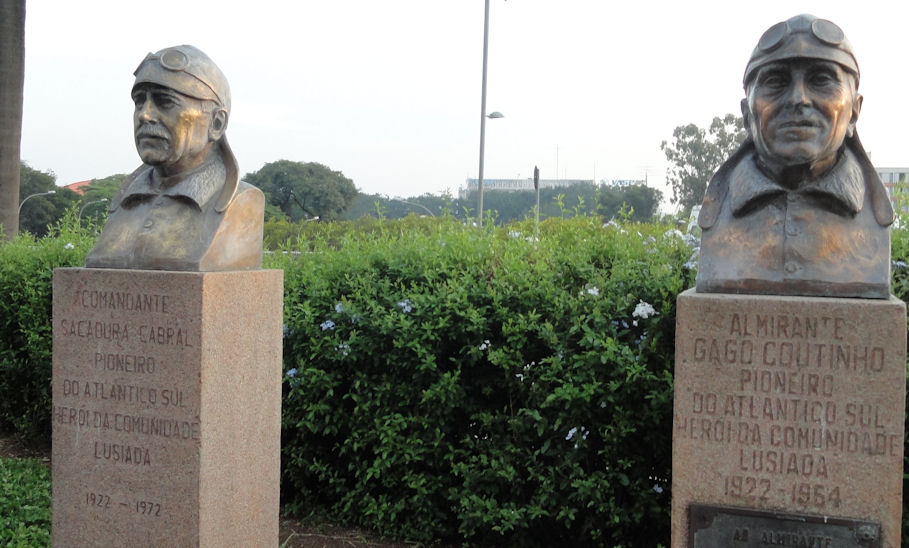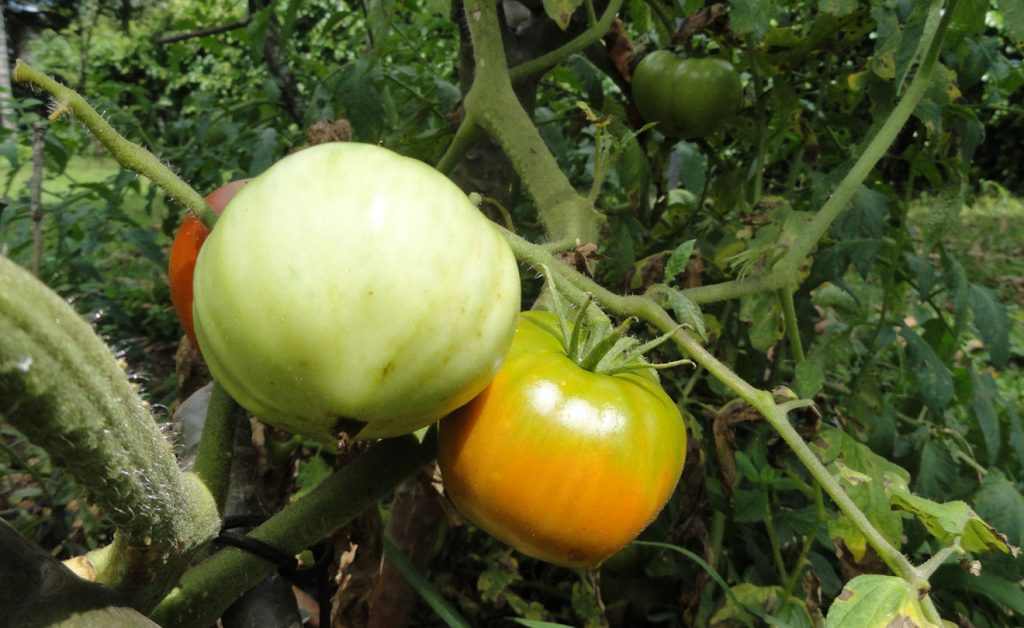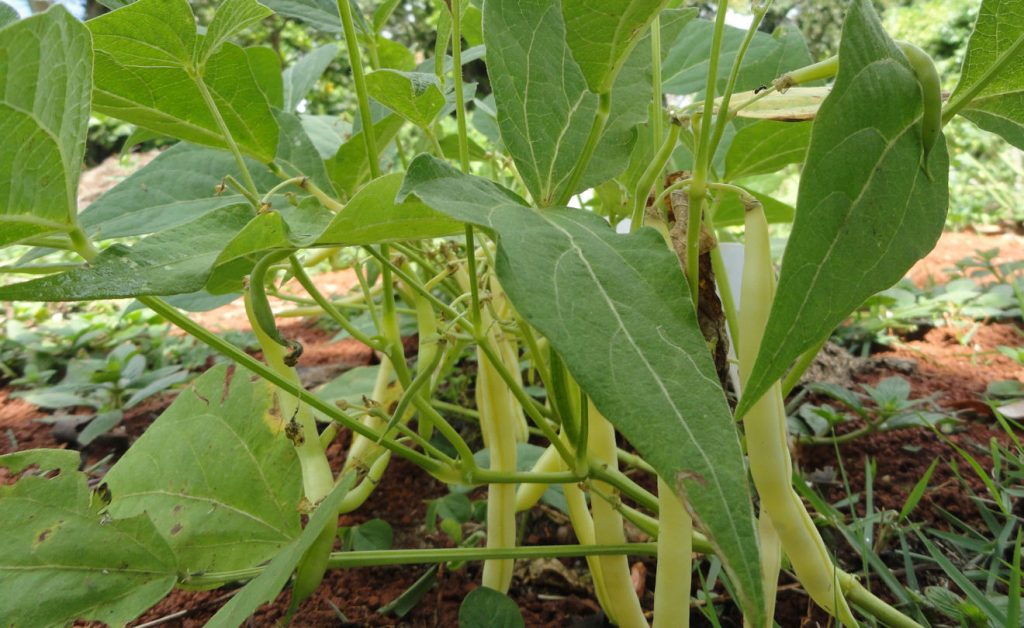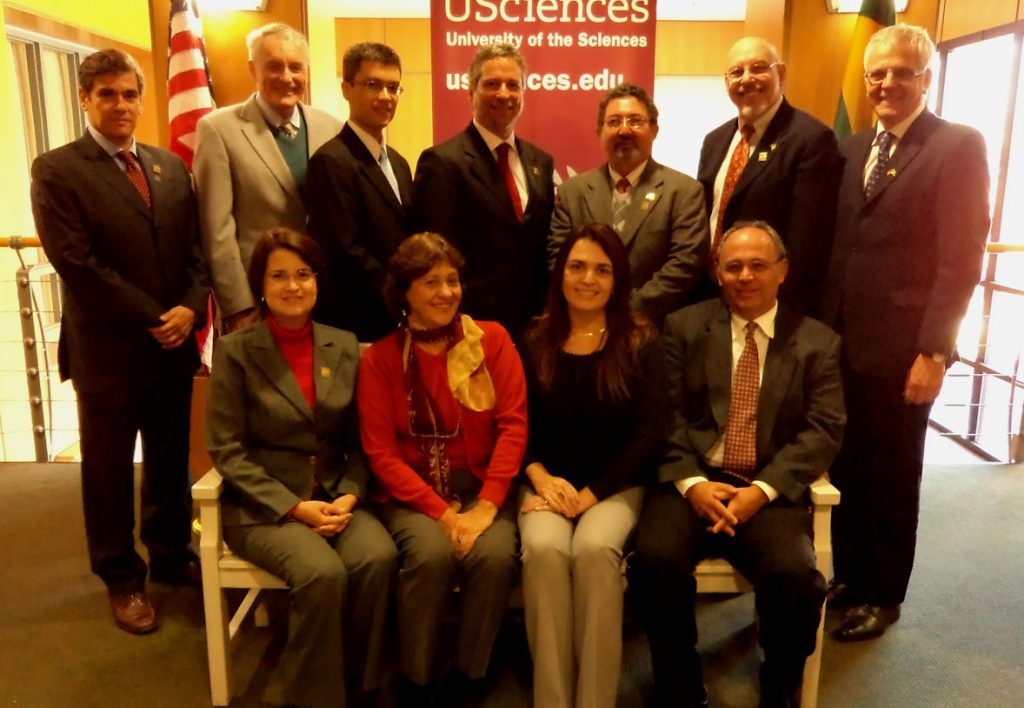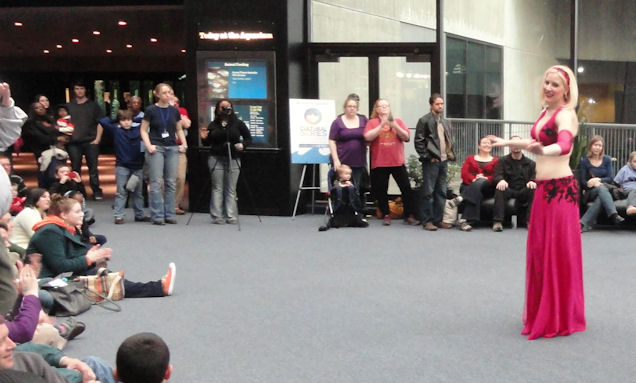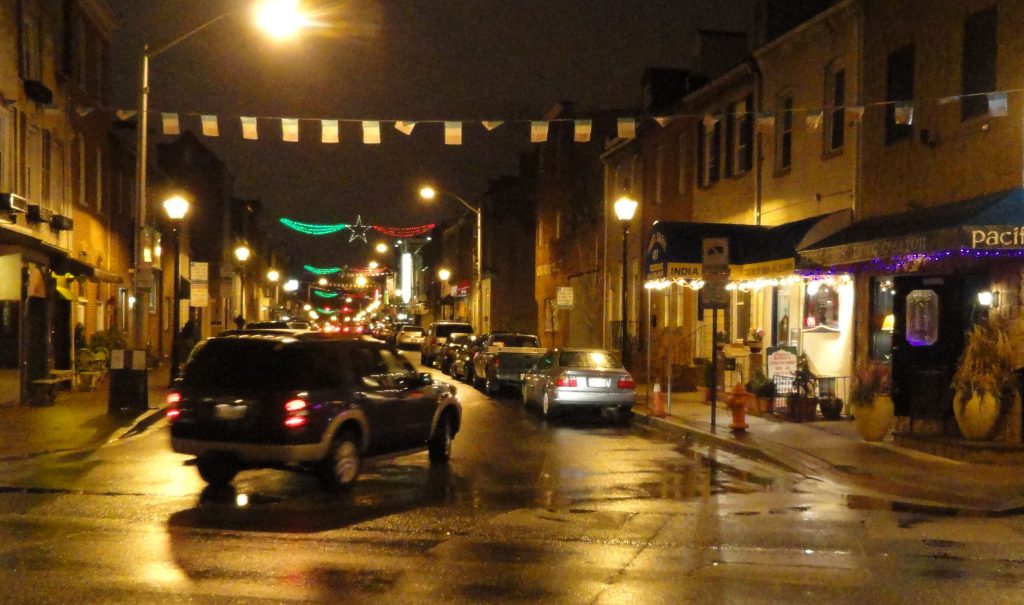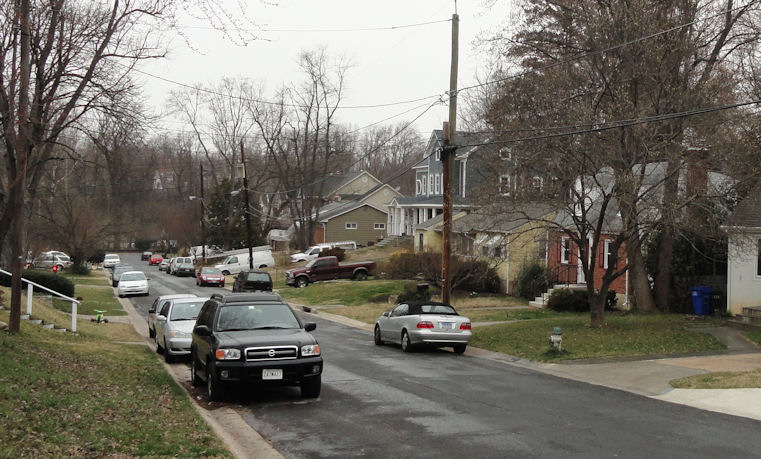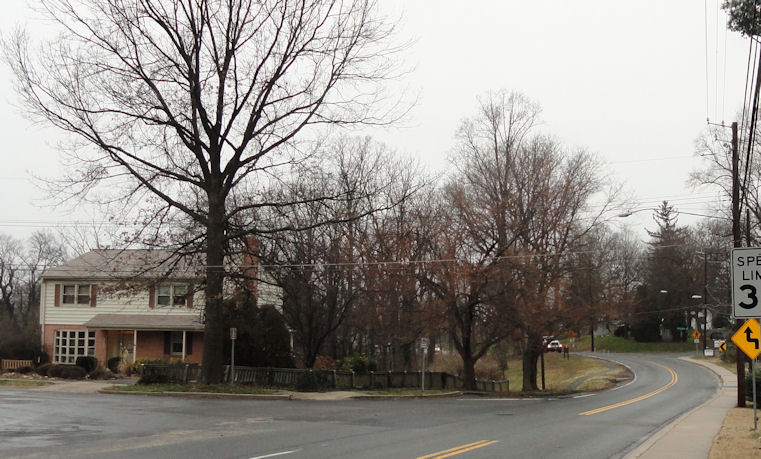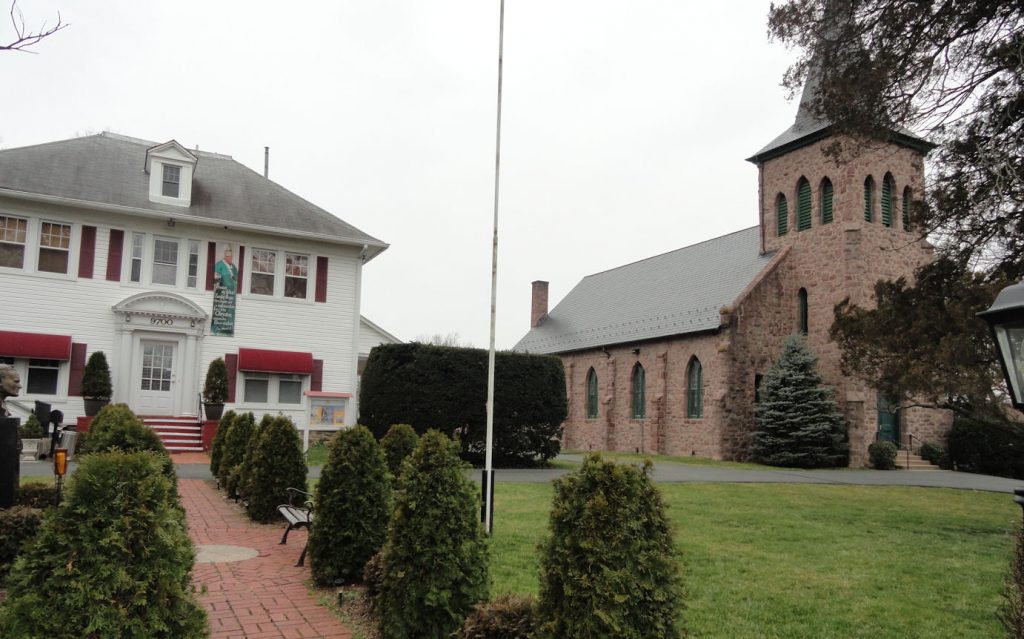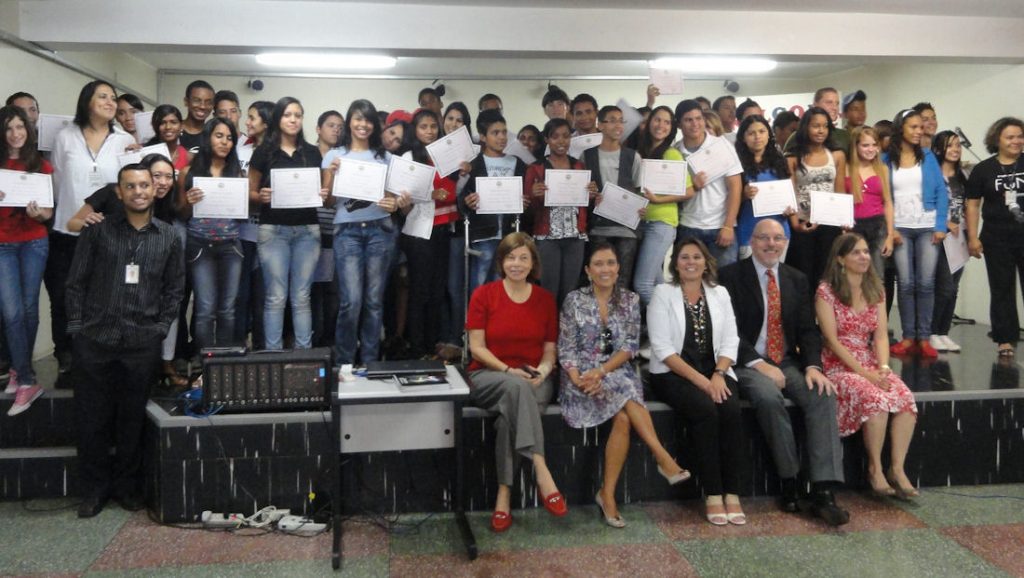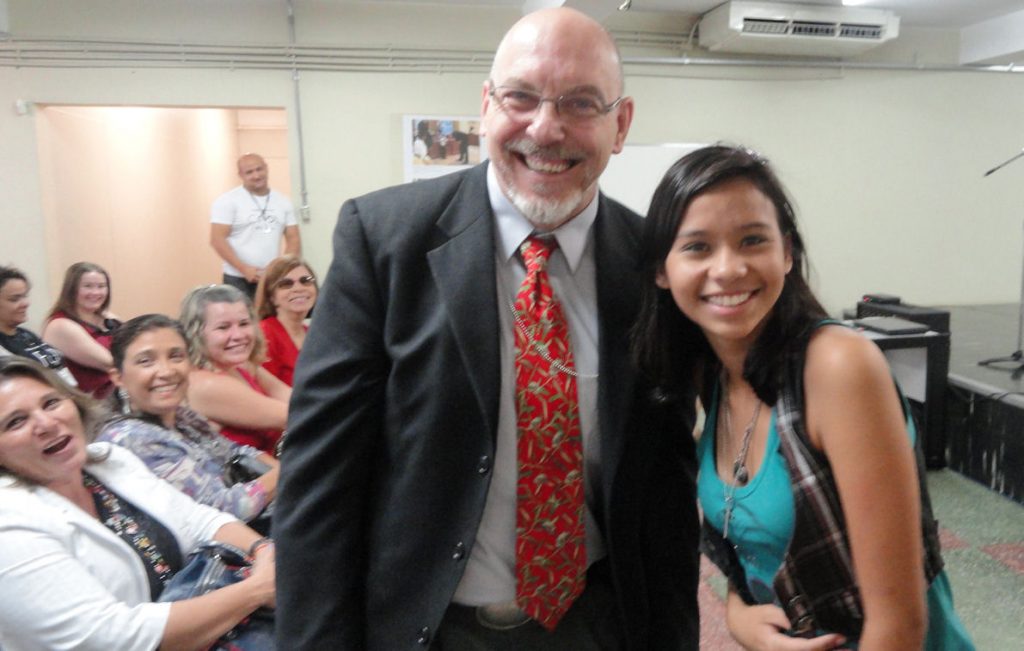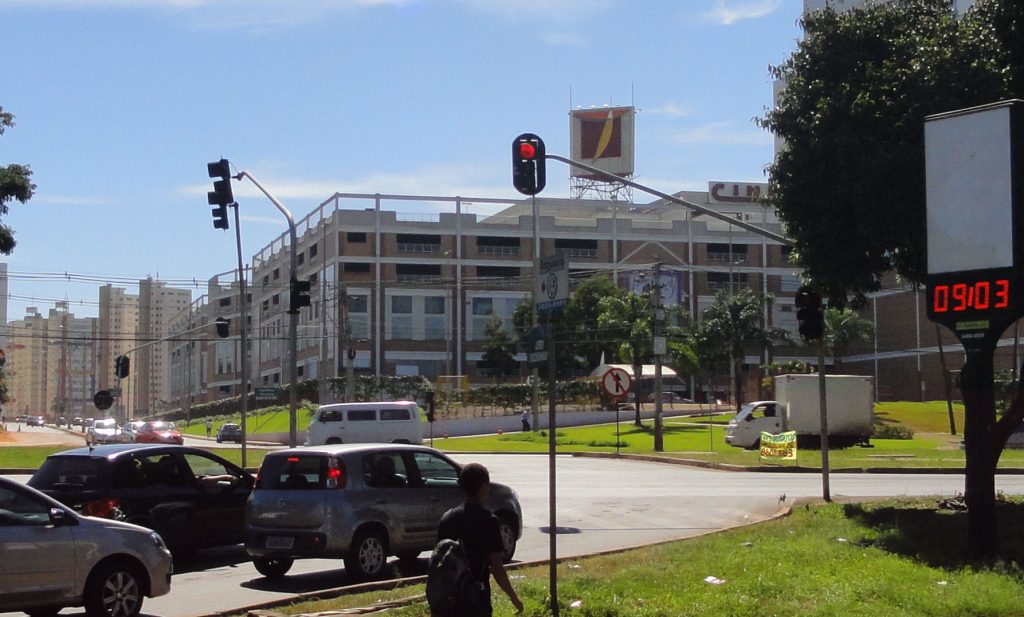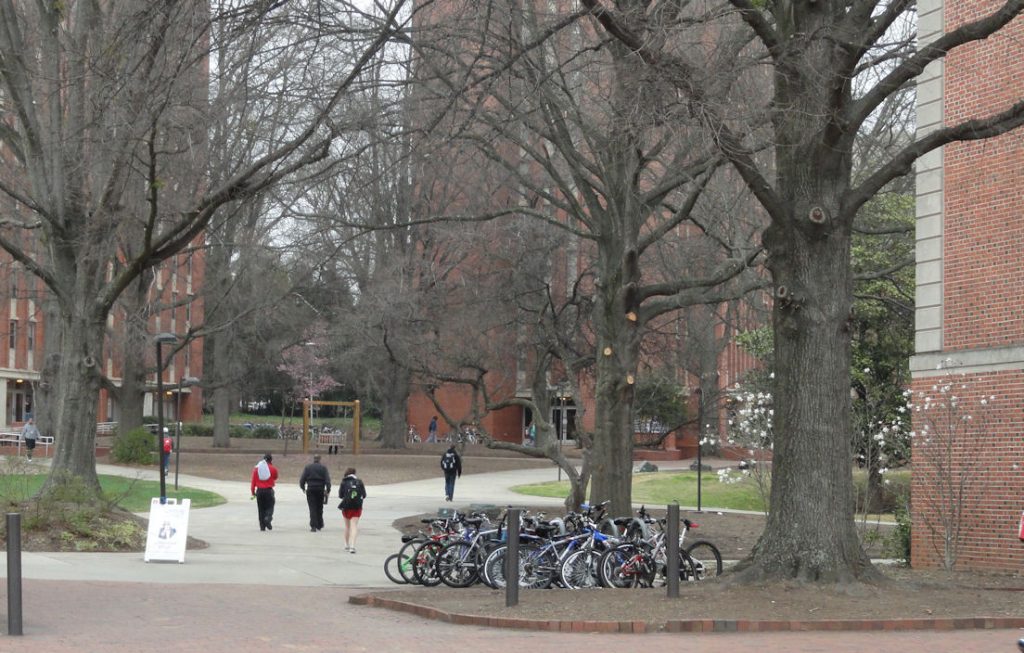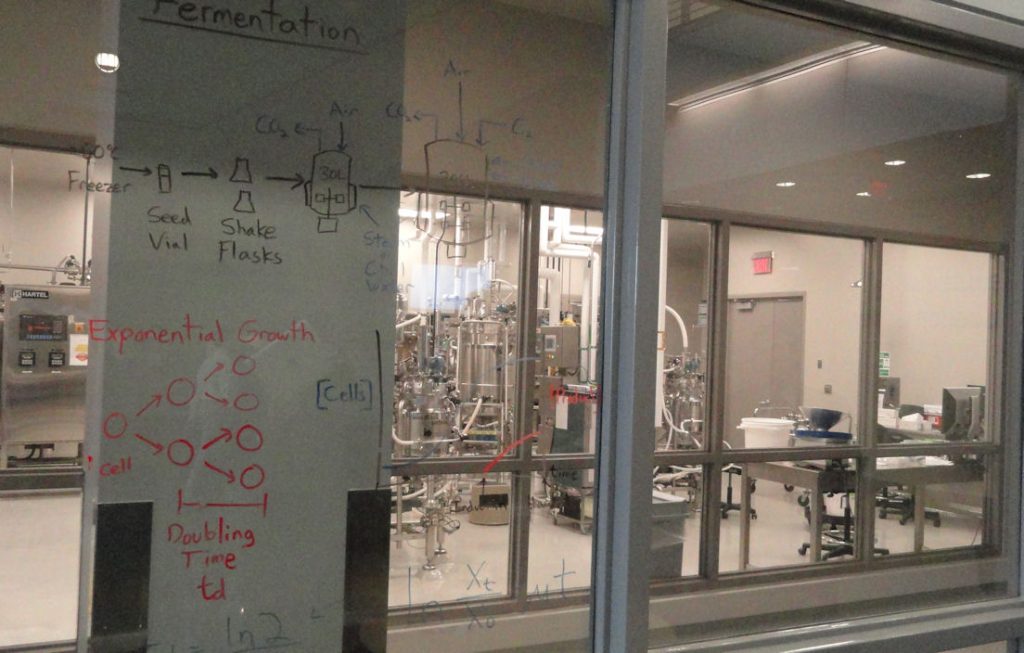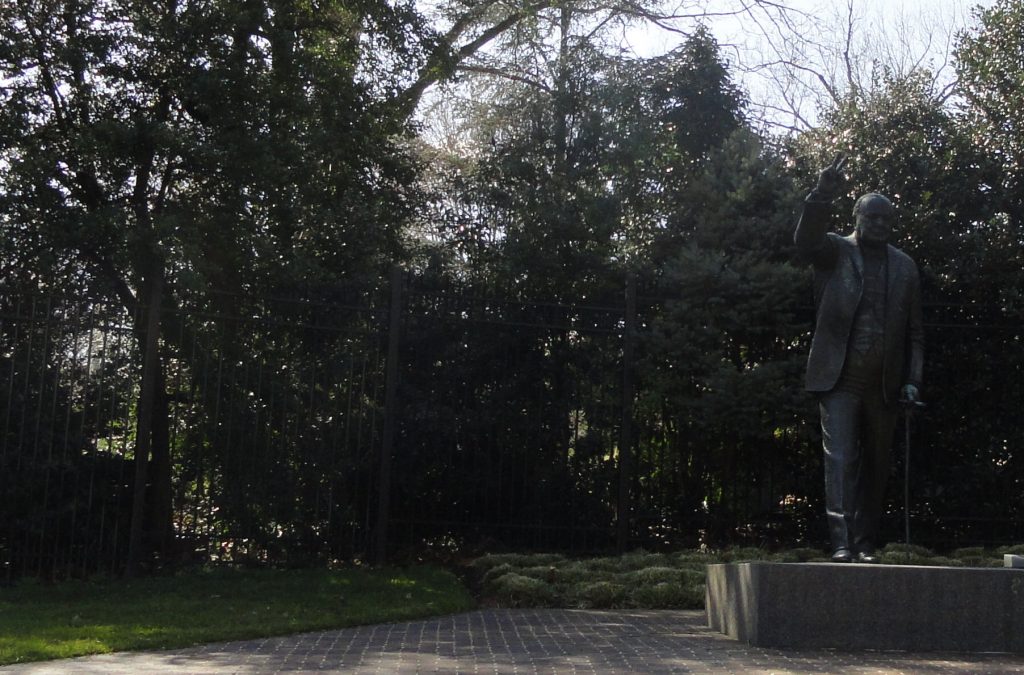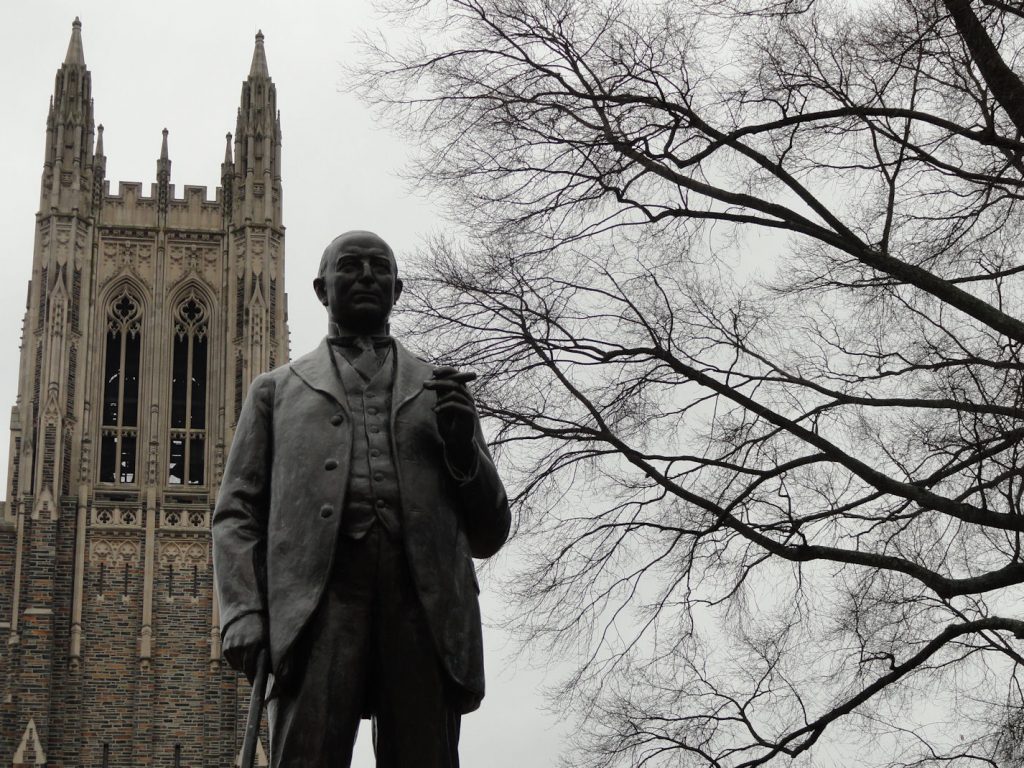The story is big the news, the retraction, not so much. Consider this news story – “The Environmental Protection Agency has dropped its claim that an energy company contaminated drinking water in Texas, the third time in recent months that the agency has backtracked on high-profile local allegations linking natural-gas drilling and water pollution.” reference
I think that the unlocking of our vast natural gas reserves is the best ecological & environmental story in years. Yet it has drawn heavy criticism, sometimes justified, often ignorant, mostly based on outdated narratives. Consider the wildly inaccurate documentary “Gasland”. It won all kinds of awards and is very compelling. Scientists think it is bunk and research has disproved most of the claims, but – hey – it makes a better drama when you can light water on fire.
It seems to me that very much of the mythology centered on environmental extremism is based around the keystone myth that nature w/o humans is somehow clean, benign and perfect. It is not. Many toxins appear in the natural world. Arsenic is present in natural water in many areas. Gas and oil have seeped out of the ground since before the ancestors of men (although Chrissy informs me perhaps not women – no logic there) descended from trees.
The idea of perfect nature apart from man is not merely wrong; it is pernicious because it impedes decision making based on sound & practical ecological principles. The attack on gas is a good example. Natural gas extraction and use is more ecologically benign than any of the alternatives currently available at the scale that it could currently replace. Yet purists reject it because it is not perfect. They make the perfect the enemy of the good. Purists are pains in the ass.
This is not a new problem. A century ago, various revolutionaries argued the efficacy of reforming capitalism. Some radicals fought against measures that would improve life for ordinary people on the theory that conditions had to become so bad that they would provoke the world revolutions predicted in Marxist theology. When the Marxist nightmare ran out of steam, people with a puritan/revolutionary bent had to look for other causes. The environment was a perfect home for them.
One of the big weaknesses of Marxism was that they claimed to speak for the workers, but the workers could speak for themselves. What they said, usually contradicted Marxist mythology. The advantage of “speaking for nature” is that nobody can really ask trees, rocks or animals what they really think. Unlike Marxists, environmental revolutionaries have no ostensible constituency that can contradict them.
We don’t need an environmental revolution, but we could use a reformation. As with most things, real progress is achieved in the middle ground, where we can be pragmatic enough to make compromises. A sound environmental policy requires – not allows requires – that we sometimes kill animals, cut trees and even pave land. If done correctly, it can create benefits all around. And if we don’t make it possible for honest people to make a profit doing these things, the field will be left to dishonest operators acting outside the law.
There are a few things we need to understand in our reformed environmentalism.
– Sustainable does NOT mean preserved unchanged. It means reasonably predictable and beneficial change.
o Sustainable is better than natural and many natural systems are not sustainable.
– Renewable is better than recyclable, although both have their place.
o The cost for most things in environmental terms is usually mostly concentrated in the energy it takes to move it. If you use less paper, it doesn’t really “save trees” but it may save energy.
o It may require more energy to recycle than to throw out and renew.
– Nothing lasts forever. Sometimes we just need to let go. Panda bears, for example, are doomed. They may survive in zoos, due to the kindness of humans, but they are not fit (in the Darwinian sense) to survive in the wild.
– There is no environment in the world that is not influenced by humans. If we think we can “return to nature” we are abdicating our responsibility to be good stewards.
One more thing – natural gas is as good as it currently gets as a fuel we need at the scale we need to use it. It is not THE answer, since there is never a final answer, but it is the one we should be using for the next decade at least. That would be good environmental policy and good economic policy too.

